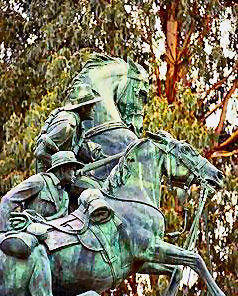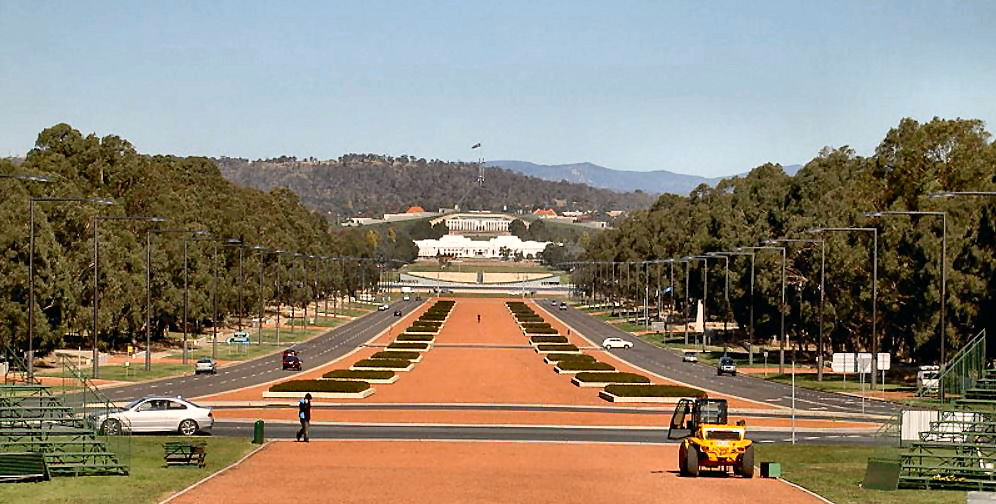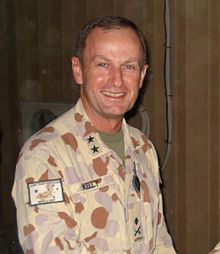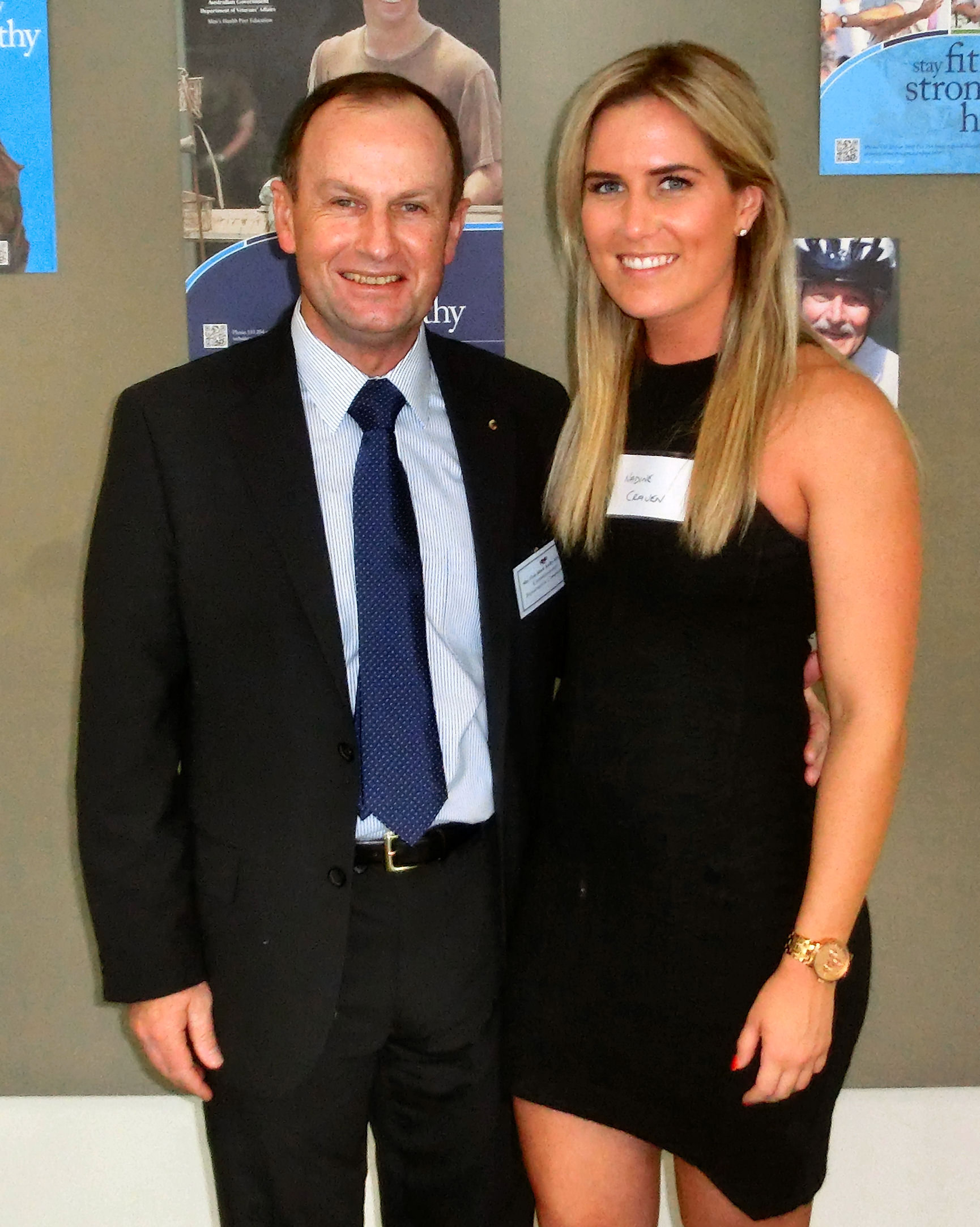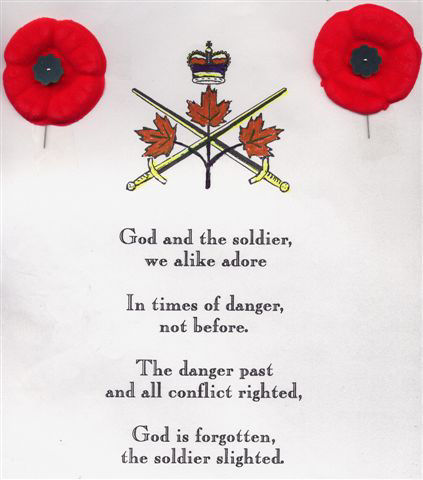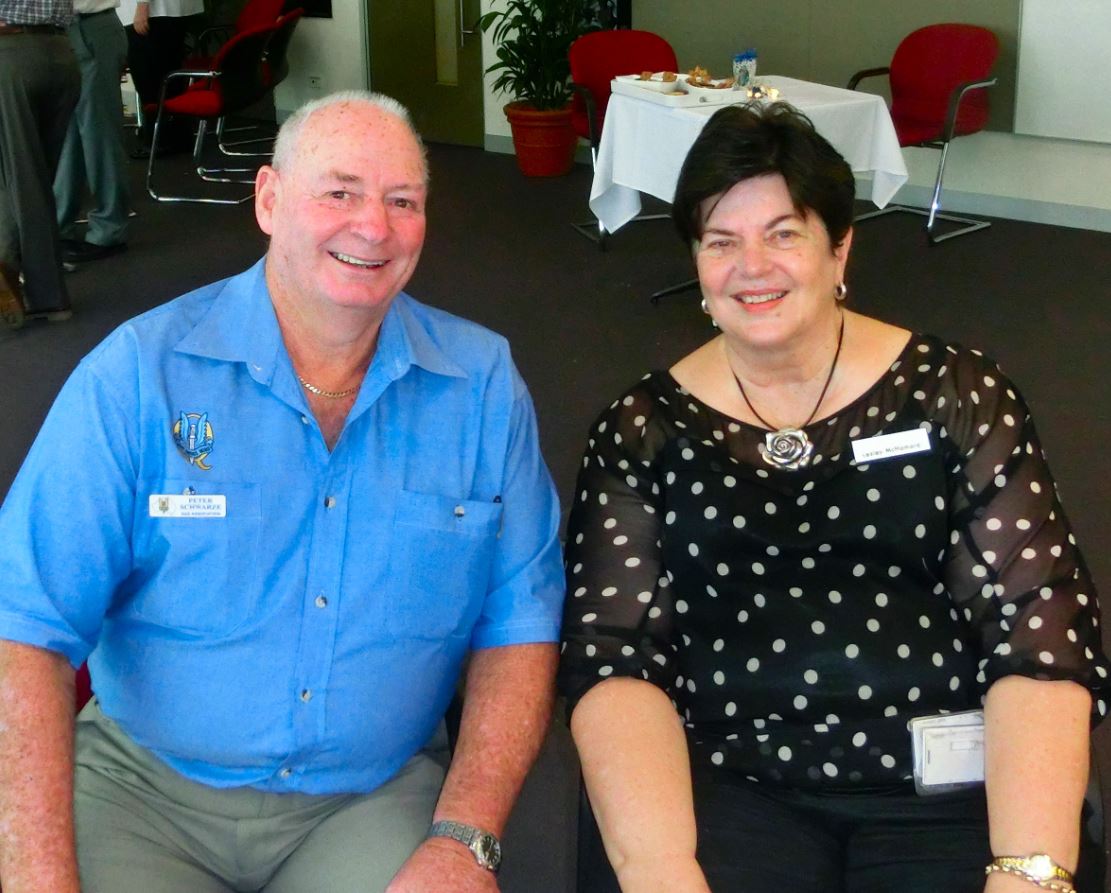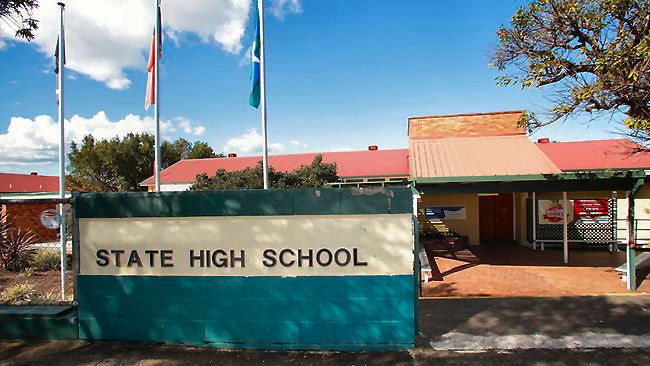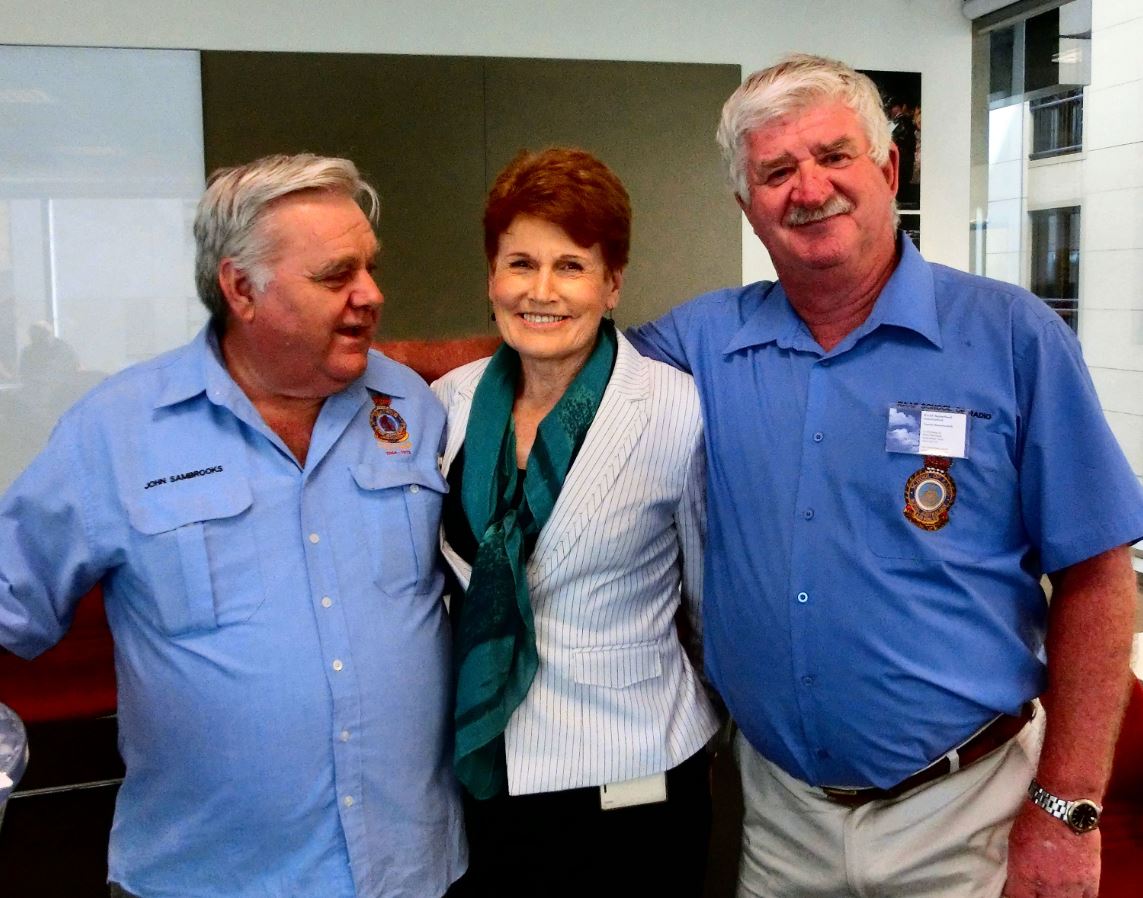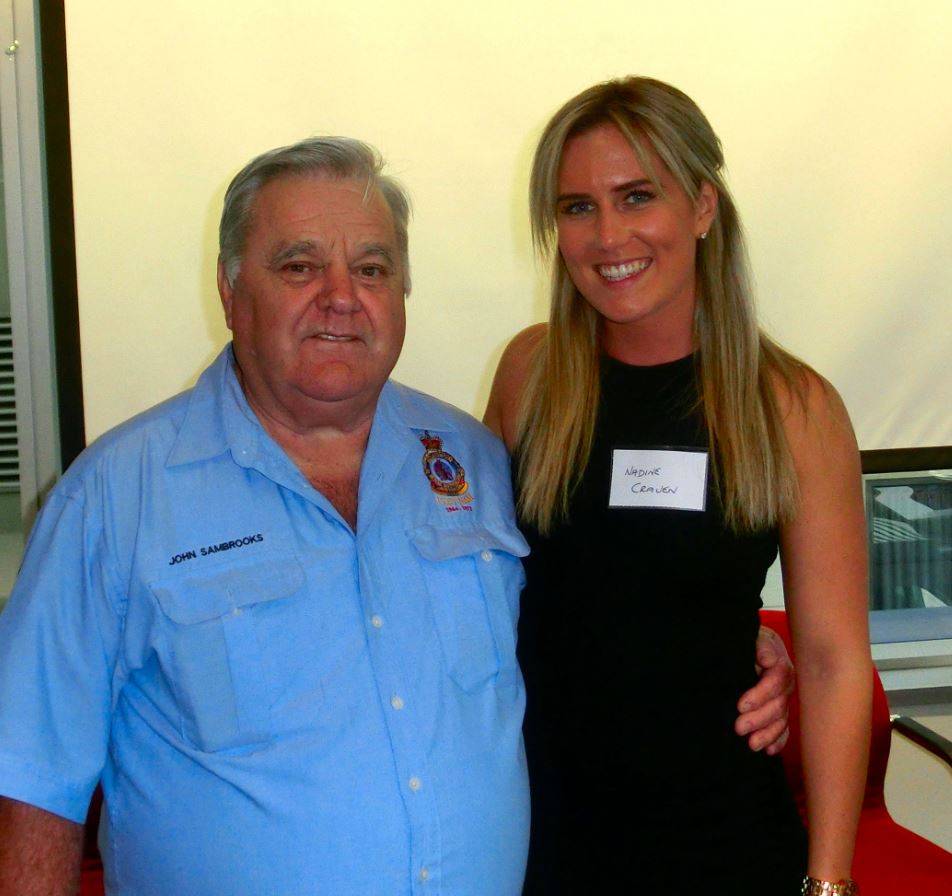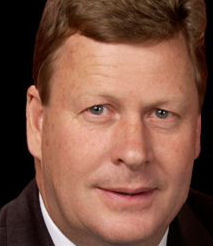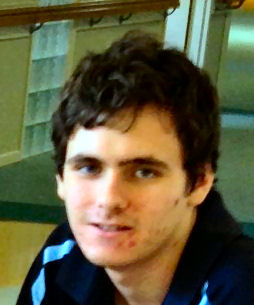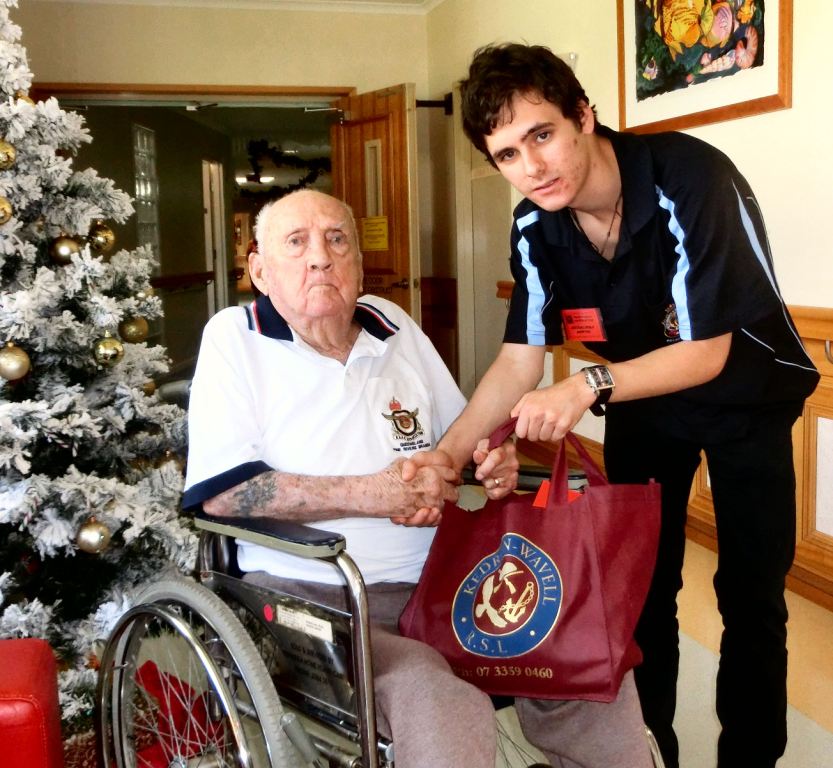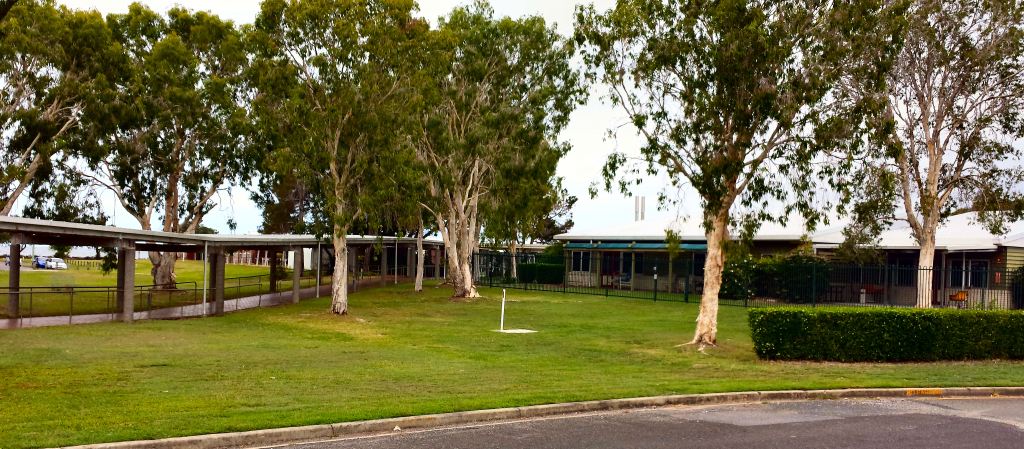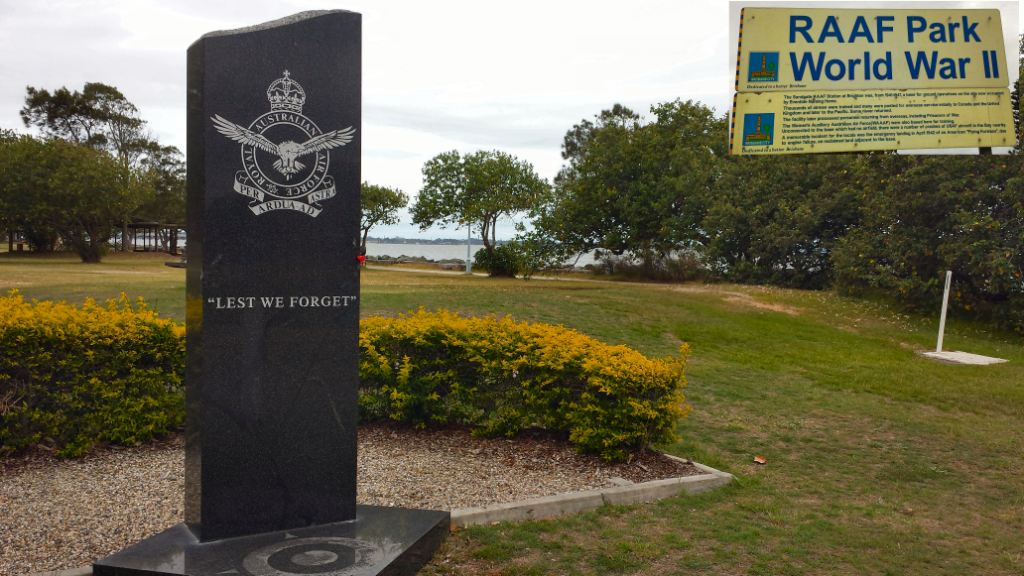|
|
||||||||||||||||||||||||||||||||||||
|
Radschool Association Magazine - Vol 45 Page 12 |
||||||||||||||||||||||||||||||||||||
|
Privacy Policy | Editorial Policy | Profit Policy | Join the Association | List of Members | Contact us | Index | Links |
||||||||||||||||||||||||||||||||||||
|
Back Go to page: 1 2 3 4 5 6 7 8 9 10 11 12 13 14 15 16 17 18 19 20 Forward |
||||||||||||||||||||||||||||||||||||
|
|
||||||||||||||||||||||||||||||||||||
|
DVA Queensland Christmas Break-up Party.
The Qld branch of the Dept of Veterans’ Affairs held their annual Christmas break-up party on the 06 Dec 2013 and once again they put on a memorable and enjoyable afternoon.
|
||||||||||||||||||||||||||||||||||||
|
|
||||||||||||||||||||||||||||||||||||
|
Quite a number of invited and associated people enjoyed several hours at the Department’s offices in Brisbane where good food, cold drinks and tall tales flowed freely.
The event was hosted by the Qld Deputy Commissioner, Alison Stanley (below).
Alison has worked in the Department of Veterans’ Affairs for over six years and in the position of Deputy Commissioner for Queensland for the past five years. Prior to this she managed the national client contact and insurance areas of the Department. As Deputy Commissioner she is responsible for the delivery of services to the veteran community in Queensland while also having direct management responsibility for business functions at both national and state levels.
Prior to joining the Department of Veterans’ Affairs Alison was the Queensland State Manager for the then Department of Employment and Workplace Relations for nearly 5 years. She has worked in the Australian Government for over 30 years and has worked at the international, national, state and regional levels. She has extensive senior management experience and has managed complex projects and business areas and large numbers of staff. Alison has been responsible for implementation of a range of new initiatives at national and state level.
A lovely lady, much-admired and respected by all her staff and the thousands of Vets who rely on her and her team.
|
||||||||||||||||||||||||||||||||||||
|
|
||||||||||||||||||||||||||||||||||||
|
L-R: Amanda Green, the Deputy Commissioner’s mover and shaker, Cyril Gilbert OAM and Alison Stanley, the Deputy Commissioner for Queensland (many say the nation’s best).
|
||||||||||||||||||||||||||||||||||||
|
Amanda is the Executive Assistant to the Deputy Commissioner, assisting with the day to day operations. She is Alison's gate keeper and has worked at DVA for 4.5 yrs, 3 of those as Alison's Assistant. Prior to this position she worked in VAN Brisbane and in the Defence Home Ownership Assistance Scheme (DHOAS). She is a very experienced lady, always pleasant and is very good at her job. DVA are lucky to have her.
Cyril is now 93 years young. He enlisted into the Army in 1940, just after he had turned 20, was eventually captured by the Japanese and was worked and starved into subservience on the Thai-Burma railway. He weighed just 45kg by the time he arrived at Singapore's Changi Prison in 1944. "And that was in Changi, that was like heaven compared to the railway. I was just skin and bone up there," he said.
Cyril spent three and a half years as a prisoner. He says, “It was a terrible time in my life. I made a determination that I was getting home to Australia – I wasn’t going to be stuck there.” Despite starvation and 24 bouts of malaria in three years, he survived the so-called "death railway" - 2800 of his Aussie mates weren't so lucky. “All of my section was gone by 1945. I had no mates left whatsoever” he says.
He is one of Australia's remaining 69,200 veterans of World War II, a group whose ranks have thinned since Anzac Day 2012 by an estimated 12,000. He is a well-known Queenslander who has achieved national recognition for the veteran and ex POW community and was awarded an OAM for his services to the veteran community in 1983 and a Centenary Award in 2003. He is also a member of the Greenslopes Private Hospital Ex Service Organisation (ESO) Committee.
|
||||||||||||||||||||||||||||||||||||
|
Proverbs. Strike while … the bug is close.
|
||||||||||||||||||||||||||||||||||||
|
|
||||||||||||||||||||||||||||||||||||
|
L-R: Ron McElwaine (Chairman Boar War Memorial – Qld Committee), Katie Sutton (DVA - MyAccount) and John McDougall (Pres RTFV/35Sqn Assoc).
|
||||||||||||||||||||||||||||||||||||
|
Katie is with the Department of Veterans’ Affairs’ MyAccount service, which is the new online way of doing business with DVA quickly and easily at a time and place that suits you. Once registered, MyAccount enables you or your Nominated Representative to access a range of DVA’s services online such as update income and assets, change payment destination, organise transport services, submit reimbursement applications and view accepted medical conditions. It is quick, simple and secure, with new services being added regularly.
Registration is easy, just follow the following steps.
Click HERE to print out a set of instructions.
Click HERE to see a short Video showing what you can do once you have registered with MyAccount.
If you have any questions, Katie would love to hear from you.
Lt Col Ron McElwaine (Retired) is the grandson of Trooper Thomas McElwaine who, in 1900, fought in the Boer War which was the first war in which Australia fought as a nation. It was also the first war in which Australians fought alongside New Zealanders.
From 10th October 1899 to the end of May 1902 a bitter conflict raged across the South African veldt between Britain and her Empire and the two largely self-governing Boer Republics of the Transvaal and the Orange Free State. The six Australian States (colonies) were quick to make troops available to Britain. The first formed unit of troops from Australia, a squadron of the New South Wales Lancers, landed in Capetown on 2 November 1899, less than one month after hostilities began.
The
Boer War was the first full commitment of troops by all the
Australian Colonies to a foreign war and with the formation of the
Australian Commonwealth on 1st January 1901
Australia’s contribution was significant; we suffered casualty numbers which have only been exceeded by those of World Wars 1 and 2. In all, over 16,000 troops were engaged in the Australian contingents and another 7,000 Australians fought in other colonial and irregular units. Possibly 1,000 Australians lost their lives on service in South Africa during the Boer War.
In the beginning there was a preference for infantry units but the value of Australian horsemen was quickly recognised as mounted infantry, due to their capacity to deploy quickly and their ability to match the Boers’ own game. Therefore they were much sought after. With the exception of one field artillery battery and some medical groups (field ambulance, stretcher bearers and some 60 nurses) the Australian forces in South Africa comprised mainly mounted infantry. Along with the New Zealanders, Australian horsemen were unsurpassed as scouts and were greatly valued by column commanders. After Federation the mounted troops which were sent to South Africa included the various Australian Commonwealth Horse units.
Our
soldiers, who were truly the first Australian expeditionary force to
fight overseas, did Australia proud in the Boer War as they have
done in all conflicts since. Informed military commentators saw the
magnificent defence of Elands River by Australian and Rhodesian
troops as the finest episode of the whole war. The majority of the
defenders were Australian bushmen, mainly men from Queensland, New
South Wales and Victoria with a lesser number from Western
Australia, South Australia and Tasmania. They ma
The trial and execution of Australian BVC officers ‘Breaker’ Morant and Peter Handcock without the knowledge of, or any reference to the Australian Government, changed for ever our nation's attitude to the execution of servicemen. In the period since, no Australian serviceman has suffered the death penalty, regardless of the war-related crime committed.
Unfortunately, this war is not recognised on ANZAC Parade in Canberra, but on the 31 May 2008 a site was dedicated for it and the National Boer War Memorial Association (NBWMA) was formed to design, fund and construct a suitable monument. The NBWMA, which is made up of State based committees, will ensure that those who fought in South Africa are commemorated in a way that will preserve Australia’s heritage and military history for the education and benefit of future generations of Australians. Ron McElwaine is the Chairman of the Queensland Committee.
ANZAC
Parade, Canberra stretches from the Australian War Memorial to Lake
Burley-Griffin, along a line between the Memorial and Parliament
House. Flanking this grand avenue with a gravel marching surface in
the broad median, there are memorials of specific focus.
§ Australian Hellenic Memorial, § Australian Army National Memorial, § Australian National Korean War Memorial, § Australian Vietnam Forces National Memorial, § Desert Mounted Corps Memorial, § New Zealand Memorial, § Rats of Tobruk Memorial, § Royal Australian Air Force Memorial, § Australian Service Nurses National Memorial, § Royal Australian Navy Memorial, § Kemal Ataturk Memorial.
These are beautiful structures commemorating the service of our countrymen and our relations with other nations. There is even a memorial to our most respected adversary in Kemal Attaturk, the Turkish commander at Gallipoli. There is yet no memorial to those who died in the Boer War.
|
||||||||||||||||||||||||||||||||||||
|
|
||||||||||||||||||||||||||||||||||||
|
The NBWMA is conducting a national design competition whilst continuing the necessary fundraising for construction of the memorial. This site is designed to provide some details about the War and its place in Australian military history.
You can see more HERE
|
||||||||||||||||||||||||||||||||||||
|
Don’t bite the hand that … looks dirty!
On the 1st July, 2010, Major General Mark Kelly (Ret'd), AO, DSC, assumed the appointments of:-
1. Repatriation Commissioner, 2. The Services' Member of the Repatriation Commission, and 3. The Military Rehabilitation and Compensation Commission.
These commissions supervise the Department of Veterans' Affairs in delivering compensation, health care and support to veterans, serving and former serving personnel of the ADF, widows, children and dependants.
Mark joined the Army in 1975 and retired in 2010. (A Major General is equivalent to an AVM.)
During his distinguished career, he was awarded the following:
1. Officer of the Order of Australia. 2. Distinguished Service Cross.
3.
Officer
of the US Legion of Merit.
and served in the following theatres:
Rhodesia (Zimbabwe) · Commonwealth Monitoring Force
East Timor · Operation Stabilise · International Force for East Timor (INTERFET)
Afghanistan · Operation Enduring Freedom · Operation Slipper
Iraq · Operation Iraqi Freedom · Operation Catalyst
|
||||||||||||||||||||||||||||||||||||
|
|
||||||||||||||||||||||||||||||||||||
|
Mark Kelly and Nadine Craven.
|
||||||||||||||||||||||||||||||||||||
|
Mark served as Commander Joint Task Force 633, commanding all Australian Forces in the Middle East Area of Operations and Afghanistan from 12 January 2009 until 14 January 2010 and as Land Commander Australia from July 2005 to December 2008.
He entered the Royal Military College, Duntroon in January 1975, and
graduated in December 1978, receiving the Sword of Honour. In the
same year, he received a Bachelor of Arts degree from the University
of New South Wales.
You see further details on Mark’s career HERE.
|
||||||||||||||||||||||||||||||||||||
|
|
||||||||||||||||||||||||||||||||||||
|
|
||||||||||||||||||||||||||||||||||||
|
|
||||||||||||||||||||||||||||||||||||
|
Peter Schwarze and Lesley McNamara.
|
||||||||||||||||||||||||||||||||||||
|
Peter was Nashoed and served in Vietnam with the Army’s 3rd Special Air Service Squadron from Feb 1969 to Feb 1970. He now lives in one of Brisbane’s western suburbs.
Leslie is with the Department’s Veterans' Children Education Scheme (VCES). The VCES provides financial assistance and student support services to help eligible children achieve their full potential in education or career training.
To be eligible under the scheme students must be under 25 years and be:
Also eligible is a child:
The rate of payment of education allowance depends on the age of the child and whether he or she is living at home.
VCES applicants are not subject to an income test on either their own or their parent's income.
Students receiving benefits under the scheme cannot claim benefits under Austudy or any other Commonwealth student assistance arrangement.
It is strongly recommend that anyone intending to make an application under the VCES should first consult an ex-service organisation, (in which they have confidence), which has pension officers who have competed the Training Information Program, (TIP).
For further information on applying for the Veterans' Children Education Scheme, contact your nearest DVA office or visit their web site at www.dva.gov.au and look up fact sheet MRC47.
Click HERE for the rates paid as at Sept 2013.
|
||||||||||||||||||||||||||||||||||||
|
An idle mind is … the best way to relax.
|
||||||||||||||||||||||||||||||||||||
|
|
||||||||||||||||||||||||||||||||||||
|
John “Sambo” Sambrooks, Pam Boll, Trev Benneworth.
Sambo is the Secretary of the RTFV/35Sqn.
Pam is the Brisbane manager for DVA’s Veterans' Access Network (VAN), which aims to promote independence and quality of life for the veteran community and improve access to a range of programs and services provided by the Department. Van can assist eligible persons including veterans, serving and former Defence Force members, war widows and widowers, certain Australian Federal Police Personnel with overseas service and their dependants with:
Your local VAN should be your first port of call if and when you need any assistance from DVA.
DVA has many VAN offices across the country, you can see an address directory HERE.
|
||||||||||||||||||||||||||||||||||||
|
A penny saved is … not much.
|
||||||||||||||||||||||||||||||||||||
|
|
||||||||||||||||||||||||||||||||||||
|
John Sambrooks, Nadine Craven.
Once again, Sambo just couldn’t help himself, had to have his pic taken with Nadine – but then, who can blame him??
|
||||||||||||||||||||||||||||||||||||
|
Where there’s smoke, there’s … pollution
|
||||||||||||||||||||||||||||||||||||
|
Monday, 16 December 2013
TOWARDS 2020: A BLUEPRINT FOR VETERANS AFFAIRS
The Minister for Veterans’ Affairs, Senator the Hon. Michael Ronaldson, and the Department of Veterans’ Affairs (DVA) Secretary, Mr Simon Lewis PSM, jointly launched the Department’s new strategic plan, DVA Strategic Plan - Towards 2020.pdf.
Senator Ronaldson said, “Over the next five years, the Department of Veterans’ Affairs is set to undergo the most significant change in its history. The sad but inevitable decline of our Second World War veterans will continue, and our Korean, Malaysian, Borneo and Vietnam veterans will continue to age and require different services. For veterans of more recent conflictions, their needs are no less complex nor less pressing”.
“This strategy will enable DVA to look confidently to the future as we, as a nation, continue to provide care and support to veterans and their families. In particular, the Government is determined to ensure the nation’s response to the mental health needs of veterans and their families continues to evolve and improve as new strategies and treatment opportunities are identified”.
“This strategic plan leaves me in no doubt that DVA will continue to support the veteran community and will not lose sight of the challenges that lay ahead.”
|
||||||||||||||||||||||||||||||||||||
|
Christmas Cheer.
Over the Christmas period when a large chunk of the nation morphs into a shopping frenzied mass, when sales figures go through the roof and a heap of stuff is bought that will be considered useless and returned within a week of Christmas Day, there are some wonderfully generous people who unselfishly give up their valuable time to make the period just that little bit better for a lot of people.
Every year Kedron Wavell RSL Sub-branch (in Brisbane) puts together a large number of Christmas hampers which are then delivered to the elderly ex-service people in their area.
The task of putting the hampers together requires a lot of people to give up a lot of their time and last year, Greg Peake, the immediate past President had a bunch of young and eager Padua College year 12 student toss in and help.
Last Christmas, when most kids their age were out zooming, this group of year 12 students spent almost a week sorting and packing the hampers, then, as most of them were too young to drive, went along with Sub-branch members when the hampers were delivered.
One such young fellow was Sebastian Sherry. Seb had just finished his schooling and was waiting to start 4 years' study to obtain a Bachelor of Creative Industries. We spent a day with Seb as his driver and we asked him why he’d volunteered to get involved with a bunch of old buggers like us when he could be off with his mates doing anything and he said he just wanted to help.
Sadly we're only too speedy to judge all our young people by the one or two rat-bags who stuff up. The press latch onto these rat-bags and as bad news sells, that's what we get. Schoolies is a classic example. I lived on the Coast and saw 3 Schoolies first hand and what I saw was a bunch of lovely young people having a good time. Just like we did! The biased and selective press reports tend to paint all our young kids as being misfits, when in fact that is so far from the truth as being fanciful. If the majority of young people coming through today are like Seb and his mates (and I believe a vast majority are) - then Australia's future is in good hands.
One Vet who deserved one of the hampers was Ronald Paynter.
|
||||||||||||||||||||||||||||||||||||
|
Ron Paynter receiving his Christmas hamper from Sebastian Sherry. |
||||||||||||||||||||||||||||||||||||
|
Ron, who was born in 1924, joined the RAAF in 1944 when he was only 19 and did his Rookies at No. 3 Initial Training School which was in Brighton, a northern coastal suburb of Brisbane. The site of the old base is now the Eventide Nursing Home on Beaconsfield Parade (below) up near the Hornibrook Bridge.
He was trained as a Guard, a forerunner of what is today the ADG Mustering.
|
||||||||||||||||||||||||||||||||||||
|
|
||||||||||||||||||||||||||||||||||||
|
Ron was
posted to 452Sqn and also 457Sqn and saw service in Borneo, in PNG and
on th
Shortly after the Japanese surrender in August, 1945, the Squadrons were disbanded. In Feb 1946 Ron was posted back to 3AD at Amberley for discharge, he resumed civvy life in Brisbane and today takes it easy at the RSL Care Inverpine Retirement Community Centre where, he tells us, both he and his wife Elizabeth are happy and well cared for by the Inverpine Team.
|
||||||||||||||||||||||||||||||||||||
|
|
||||||||||||||||||||||||||||||||||||
|
Laugh and the whole world laughs with you, cry … and you have to blow your nose.
|
||||||||||||||||||||||||||||||||||||
|
|
||||||||||||||||||||||||||||||||||||
|
|
||||||||||||||||||||||||||||||||||||
|
Back Go to page: 1 2 3 4 5 6 7 8 9 10 11 12 13 14 15 16 17 18 19 20 Forward |
||||||||||||||||||||||||||||||||||||
|
|
||||||||||||||||||||||||||||||||||||
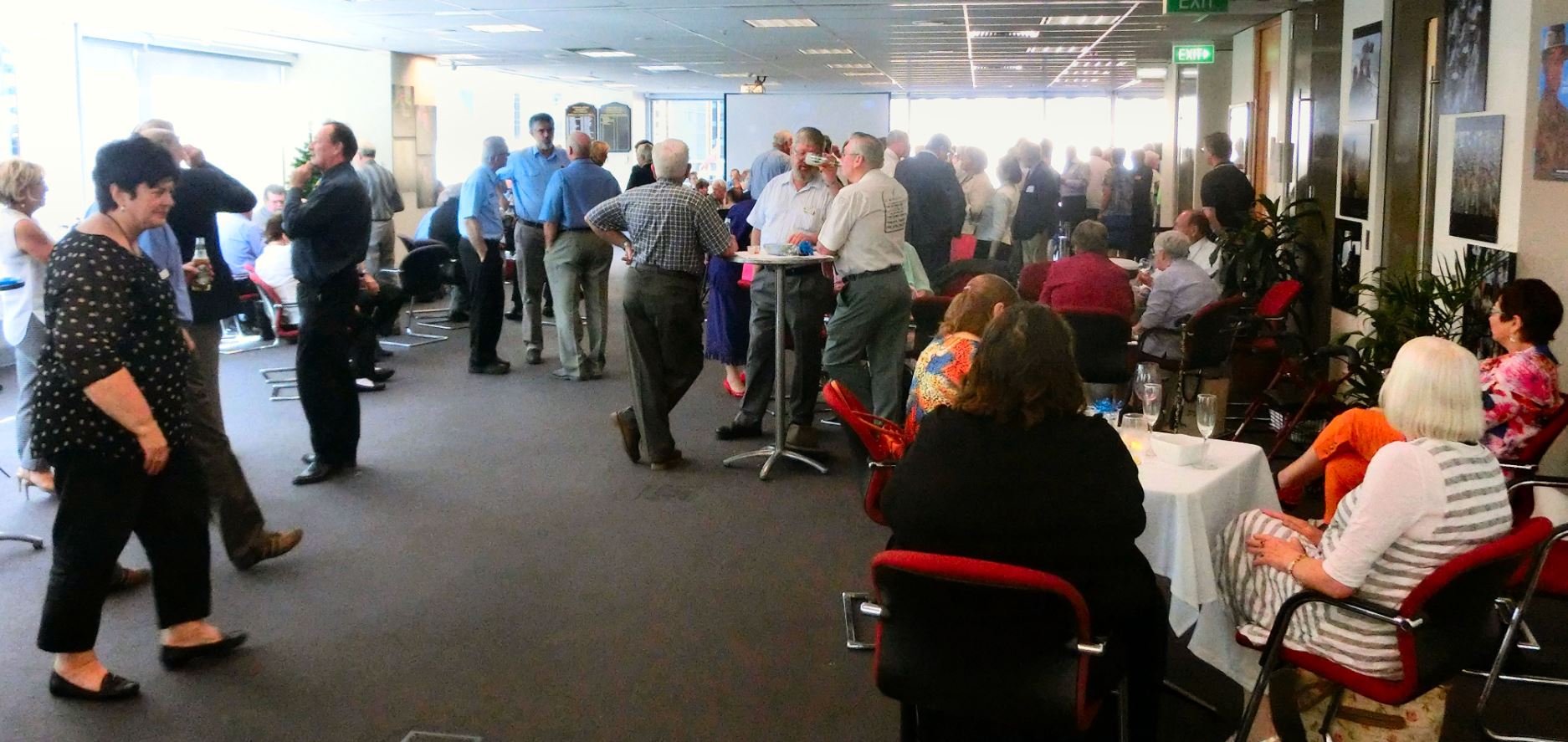
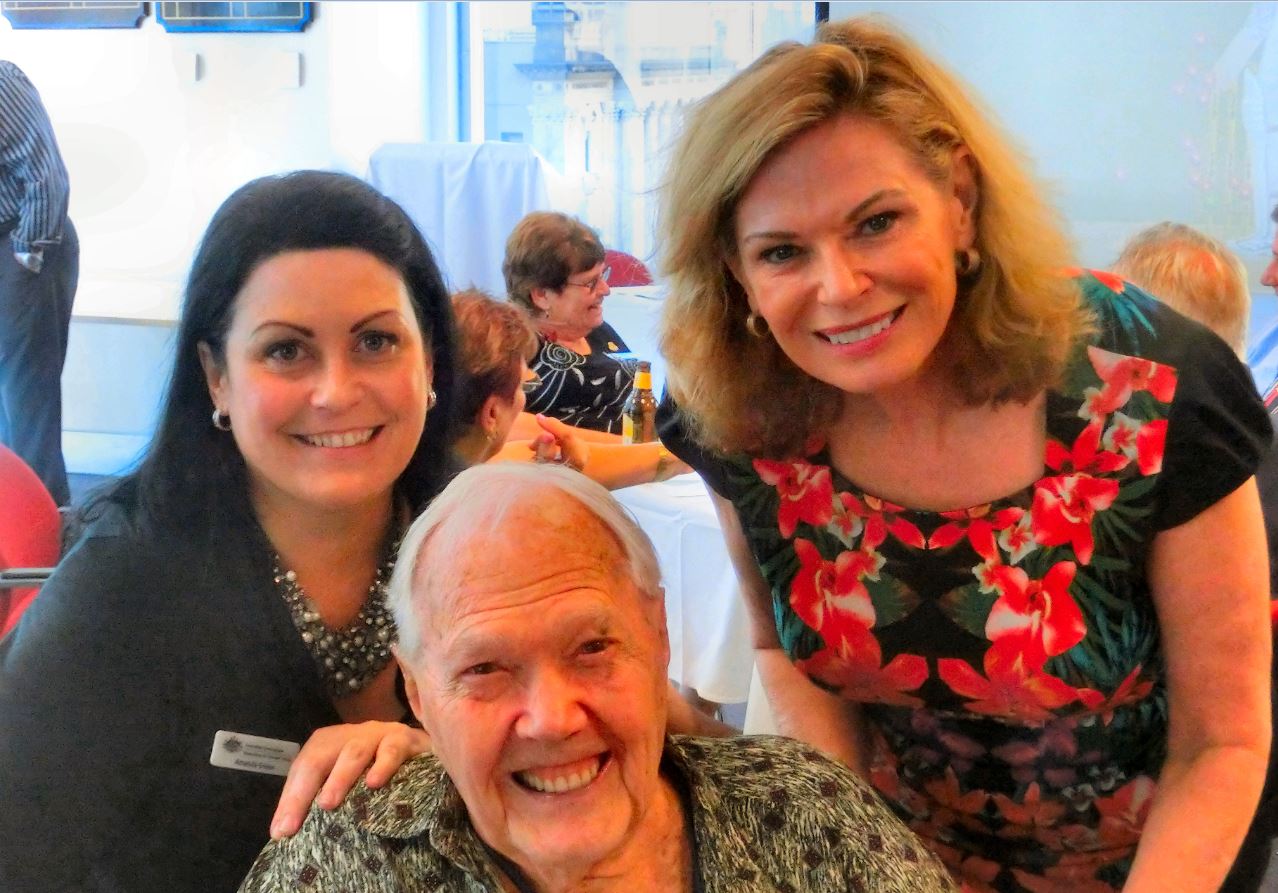
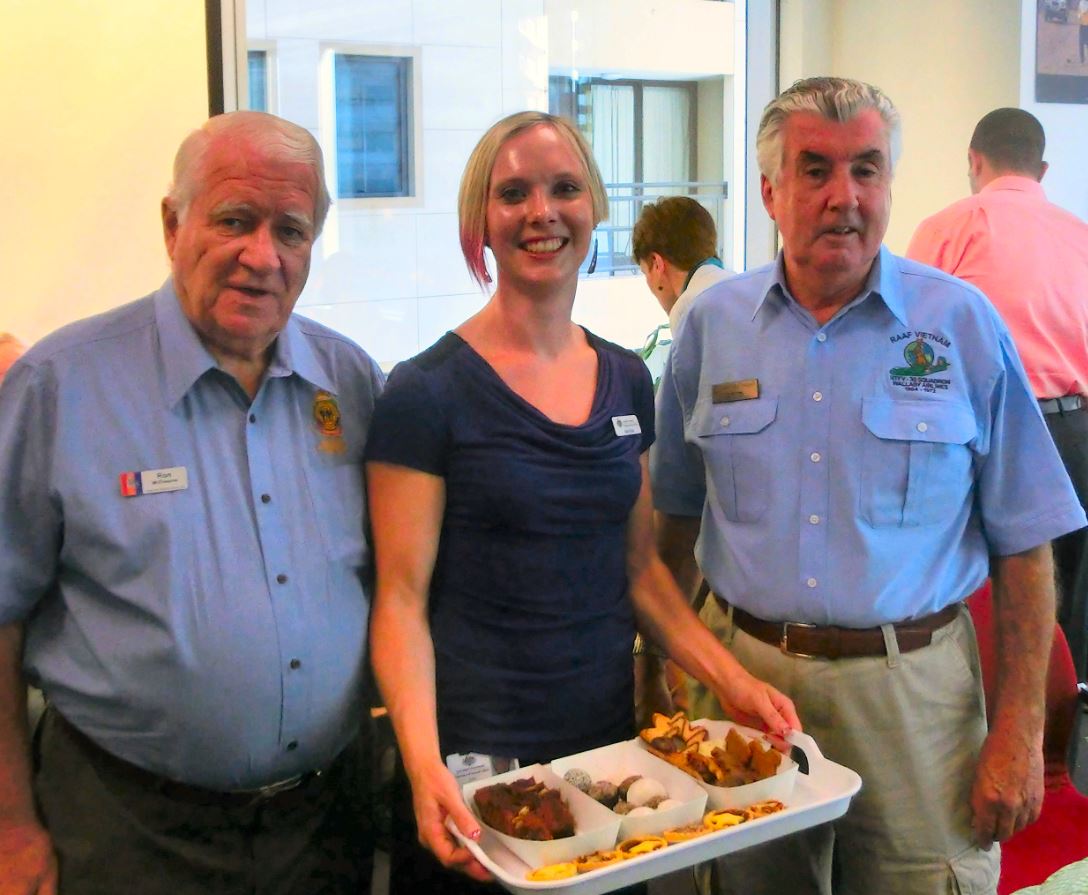
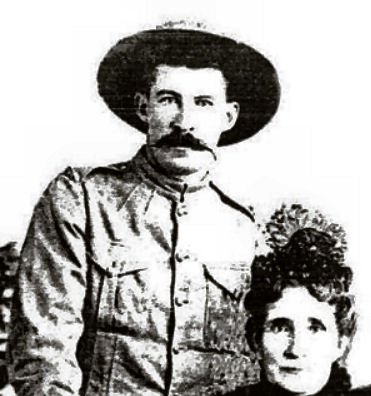
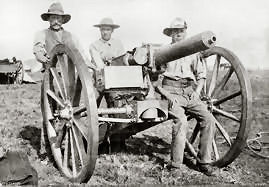 it became the country’s
first military involvement as a nation.
it became the country’s
first military involvement as a nation. 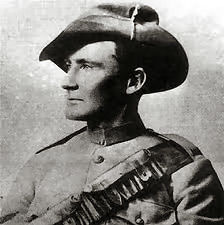 nfully defended the
post against impossible odds for 12 days.
nfully defended the
post against impossible odds for 12 days.